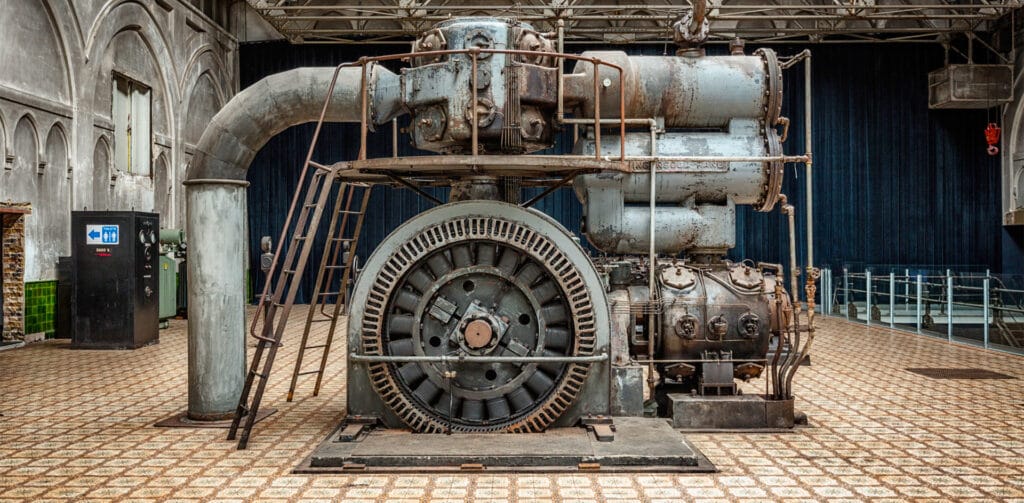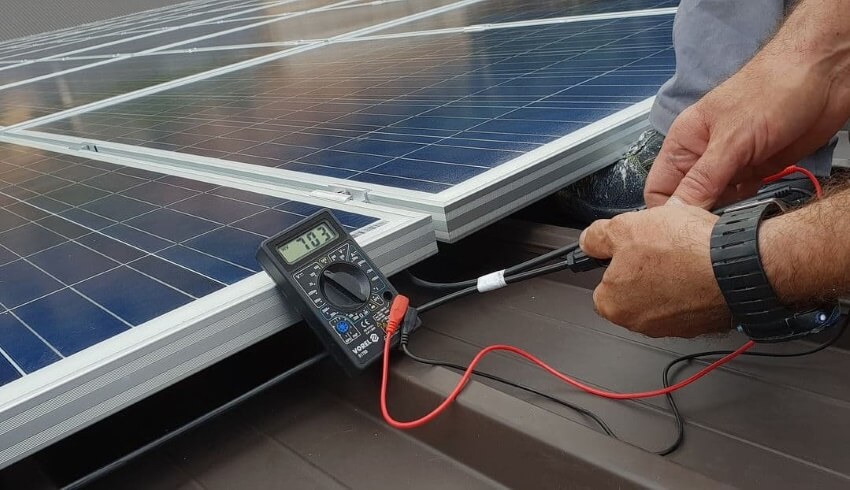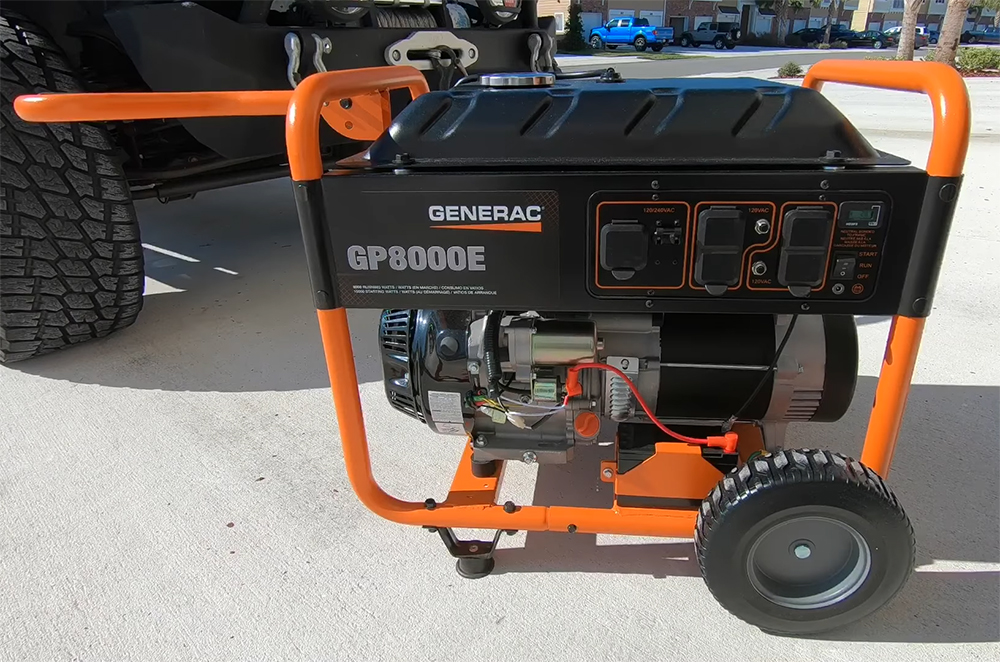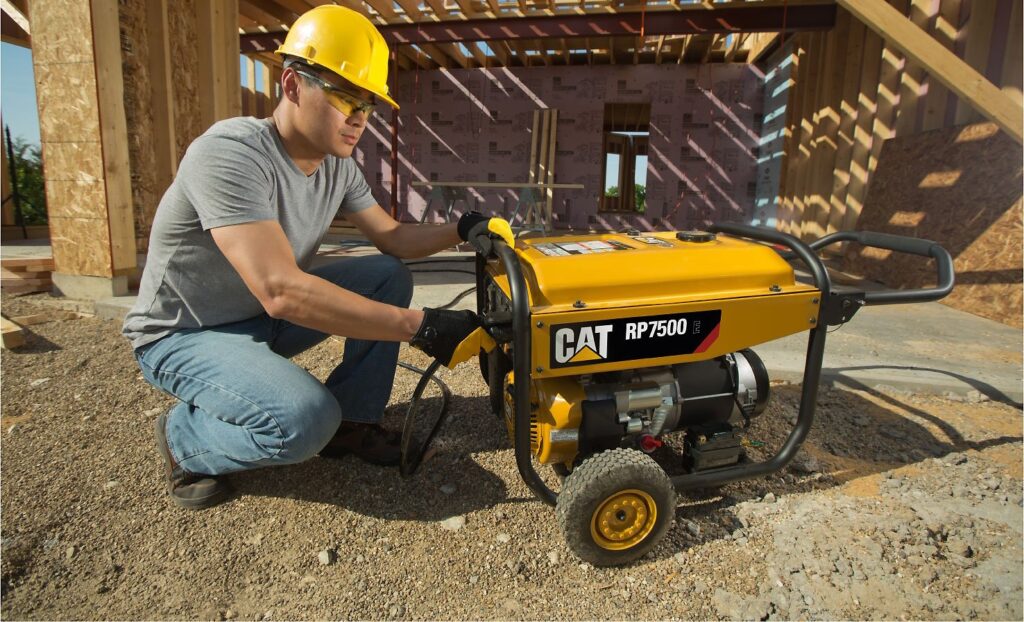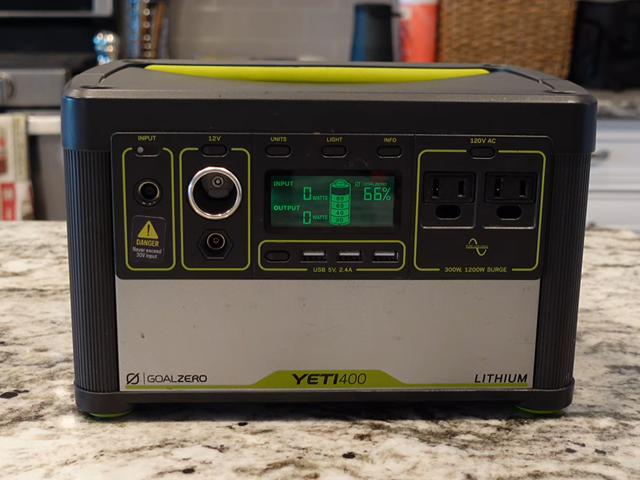
Many people wonder what will a 8000 watt generator run when they need to make a purchasing choice. Investing in one of the best portable generators within your budget is a smart choice, if you want to work remotely or prepare for any scenario when power may be scarce. A generator that can run for longer times and run more appliances or power tools is a must. A formidable unit, such as the Champion Power Equipment 100416 will meet all your needs, but there are storage considerations for the generator and the fuel. In this article, we will take a closer look at 8000 watt generators, the appliances that they will power and some helpful safety tips.
Before we look at what will a 8000 watt generator run in a house, it’s important to understand the starting watts and running watts. The best 8,000-watt generators will run for hours and the steady production of watts is known as running or continuous watts. So, the 8000 watt generator could produce 8000 watts of electricity over an extended period of time. To put this into perspective, imagine that you have a coffee maker that needs 1000 watts of energy to make coffee and keep it warm. This appliance doesn’t require any additional watts to start and over the entire running period, it would only ever need 1000 watts of power. However, there are other power tools and appliances that do need extra watts to start and the term for this is surge watts or starting watts.
The surge or standing watts refers to that extra jolt of power that some appliances need to get up and running after you hit the power switch. A prime example, could be a clothes dryer which may need around 6700 watts to start. But, once the dryer is running the power requirement may drop to around 5400 watts. This is common with refrigerators, they will cycle on and off all day and when they are on they need surge watts. At other times, the refrigerator can operate efficiently using only continuous watts. So, when you’re considering using a generator to power appliances it’s important to read the manual carefully. This disparity in power requirements is why some people choose a larger generator. While you may only require an 8,000 watt generator, be sure to check out our list of the best 10,000 watt generators which can power a bigger number of appliances.
So, what appliances will a 8000 watt generator run? This is a tricky question to answer because the power requirements for appliances will vary depending on the make and model. It’s important to know what you expect to run before you make a final purchasing decision.
The total running watts of the appliances cannot exceed the capacity of the generator. There is a risk of overloading that can cause damage to the generator and the connected equipment. Here are six tips to help you calculate the power requirements for a prospective portable generator purchase:
It’s also helpful to know that there are generators, such as the DuroMax Duro Star DS12000EH that can handle continuous and surge power requirements efficiently. This dual fuel generator is a 12,000 watt unit, it runs continuously at 10,500 watts and it can handle power surges up to 13,000 watts for start ups. Obviously, this is a larger generator, but for some people that are considering an 8,000 watt model it is a viable alternative.
| Appliance | Running Wattage |
| Electric Portable Heater | 1500 watts |
| Refrigerator | 350 to 780 watts |
| Electric Hot Water Heater | 3000 watts (average, as some can require up to 8000 watts) |
| Hot Plate for Cooking | 1500 watts |
| Television | Up to 200 watts depending on the model |
The primary consideration when you choose a portable generator and run it near your home is safety. We rely on these power plants to keep essential systems running in our homes. But, the last thing that anyone needs is an injury, damage or even a fire that can make a bad situation, much worse. Here are ten safety tips to follow when you’re using a generator:
If the power is out, the natural reaction is to keep your family safe, fed, comfortable and distracted with some entertainment. The most important appliances for people will vary depending on their specific interests. But, for many people the following appliances are probably indispensable in an emergency situation: a coffee maker, the refrigerator, an oven, the washer, three 75 watt LED light bulbs and a pair of cell phone charges. This collection will power most daily needs until the power is fully restored. As a rule of thumb, the question “what will a 8000 watt generator run?” should include these items and appliances. It’s also important to understand that a portable generator cannot be run safely indoors due to carbon monoxide fumes and extension cords should not be overloaded. It’s a good idea to test your power generation system before you need it and then you’re ready for an emergency situation
